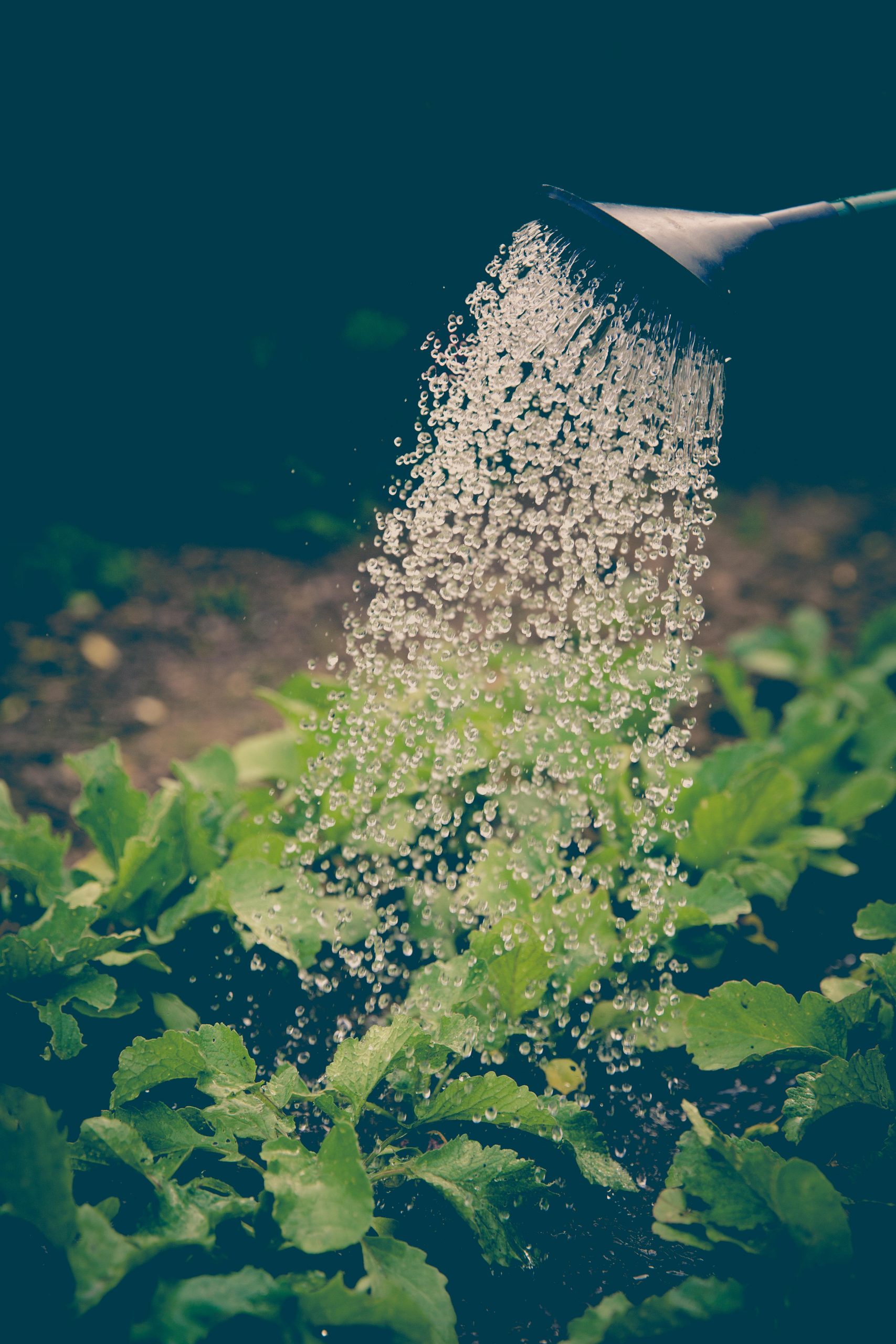Gardening is not only a rewarding and enjoyable hobby but also an activity that has numerous benefits for the environment. Whether you have a small backyard garden or a community plot, gardening can play a vital role in promoting environmental sustainability and conservation. In this article, we will explore how gardening helps the environment in various ways, from reducing carbon emissions to supporting biodiversity. Let’s delve into the positive impacts of gardening on our planet!
1. Carbon Sequestration and Reduced Emissions
Carbon Sequestration:
- Plants, through the process of photosynthesis, absorb carbon dioxide (CO2) from the atmosphere and convert it into organic matter.
- This organic matter, stored in the form of leaves, stems, and roots, helps sequester carbon, removing it from the atmosphere and mitigating climate change.
Reduced Emissions:
- Home gardening reduces the need for store-bought produce, which often requires transportation over long distances.
- By growing your own fruits, vegetables, and herbs, you decrease the carbon emissions associated with the transportation and refrigeration of store-bought produce.
- Fewer emissions result in a smaller carbon footprint and contribute to the overall reduction of greenhouse gases in the atmosphere.

2. Soil Health and Conservation
Prevention of Soil Erosion:
- Gardening practices, such as mulching and planting cover crops, help protect the soil from erosion caused by wind and water.
- Mulch acts as a protective layer, reducing the impact of heavy rainfall and preventing soil from being washed away.
- Cover crops, such as clover or legumes, help hold the soil in place with their root systems and provide additional organic matter when they are eventually incorporated into the soil.
Improvement of Soil Fertility:
- Through the addition of organic matter, such as compost, gardeners improve soil fertility and structure.
- Compost adds essential nutrients to the soil, enhances its water-holding capacity, and promotes beneficial microbial activity.
- Healthy soil supports plant growth and reduces the need for synthetic fertilizers, which can have negative environmental impacts.

3. Water Conservation
Efficient Water Use:
- Gardeners can adopt water-saving techniques, such as using drip irrigation systems and collecting rainwater.
- Drip irrigation delivers water directly to the plant roots, reducing water loss through evaporation and ensuring efficient water use.
- Collecting rainwater in barrels or cisterns allows gardeners to utilize natural rainfall for watering their plants, reducing the need for treated tap water.
Xeriscaping:
- Xeriscaping is a landscaping approach that focuses on using water-efficient plants and designing gardens that require minimal irrigation.
- By incorporating native or drought-tolerant plants into your garden, you can reduce water consumption and contribute to water conservation efforts.

4. Biodiversity and Habitat Creation
Planting Native Species:
- Choosing to plant native species in your garden provides food and habitat for local wildlife.
- Native plants have co-evolved with local wildlife, offering nectar, pollen, berries, or seeds that sustain birds, bees, butterflies, and other pollinators.
- By supporting native plants, you help maintain the delicate balance of local ecosystems and promote biodiversity.
Providing Shelter:
- Gardens with diverse plantings, including trees, shrubs, and ground covers, offer shelter and nesting sites for various wildlife species.
- Birds, squirrels, insects, and other animals can find refuge in the foliage, branches, and crevices of garden plants.
- Creating a welcoming habitat in your garden contributes to preserving local wildlife populations and supporting the overall ecosystem.

5. Reduction of Pesticide and Herbicide Use
Organic Pest Control:
- Gardeners can employ organic pest control methodssuch as companion planting, crop rotation, and the use of beneficial insects.
- Companion planting involves growing certain plants together to deter pests or attract beneficial insects that prey on pests.
- Crop rotation helps disrupt the life cycles of pests and reduces the buildup of pest populations in the soil.
- By relying on these natural pest control methods, gardeners can minimize or eliminate the need for chemical pesticides, which can be harmful to the environment and beneficial insects.
Herbicide Reduction:
- Gardeners can opt for manual weed removal techniques, such as hand-pulling or using gardening tools, instead of relying on herbicides.
- Minimizing the use of herbicides reduces chemical runoff into waterways and helps protect aquatic ecosystems.
- Additionally, allowing some native plants and wildflowers to grow in your garden can create a natural balance, reducing the need for herbicides.

Conclusion
Gardening is not just about growing beautiful flowers or fresh produce; it is a powerful tool for environmental conservation and sustainability. By sequestering carbon, reducing emissions, improving soil health, conserving water, supporting biodiversity, and minimizing the use of pesticides and herbicides, gardening contributes to a healthier and greener planet. So, whether you have a small balcony garden, a backyard plot, or participate in community gardening initiatives, remember that every gardening effort counts. Embrace the beauty and benefits of gardening while making a positive impact on the environment!




